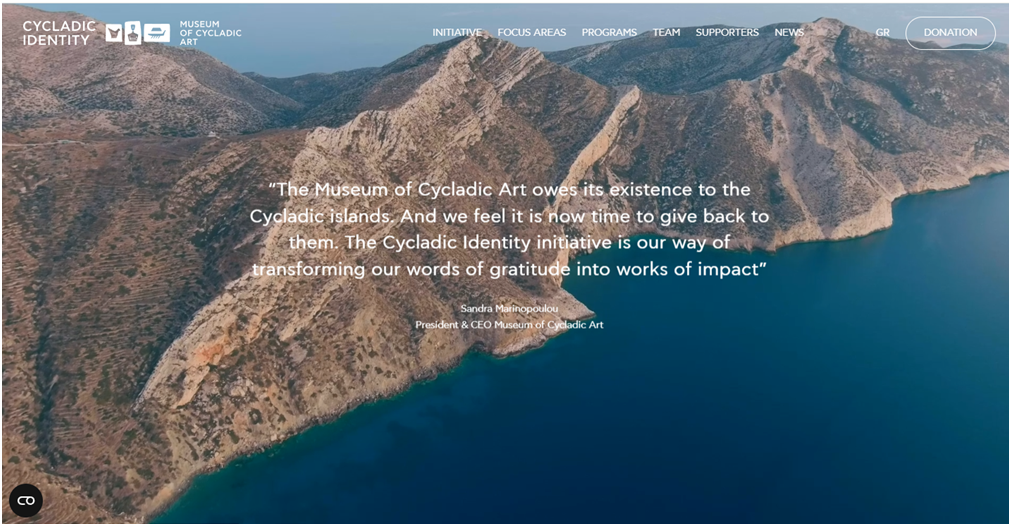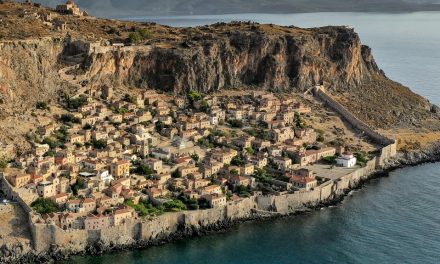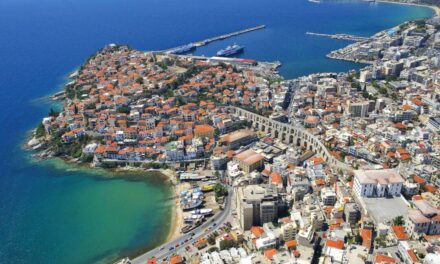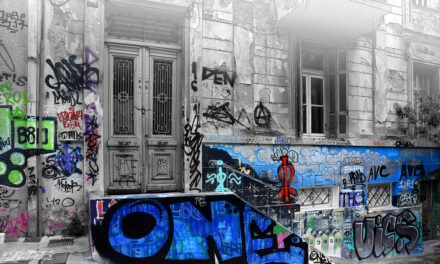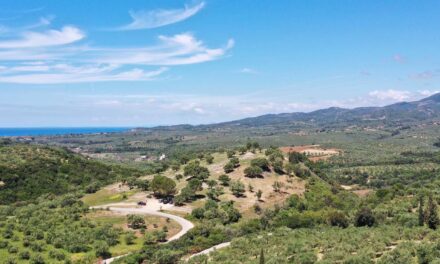The Cycladic Identity initiative, launched by the Museum of Cycladic Art last year, is an inspiring effort to safeguard the cultural and natural heritage of the Cyclades, as well as to preserve, restore, and reveal their unique identity. By focusing on Culture, Biodiversity, and Intangible Heritage, it serves as a vital platform for resource allocation to various programs implemented by organizations operating on the islands.
With seven new programs rolling out across five islands— two on Amorgos, one on Antiparos, one on Sikinos, one on Sifnos, one on Syros, and one inter-Cycladic — this initiative transitions into its second phase of funding. Poised to make a lasting impact, it will further enhance the unique identity and resources of the Cyclades, benefiting local communities and preserving their heritage for future generations.
The initiative’s structured approach, involves a Scientific Committee for proposal evaluation and an Advisory Board for strategic decisions, ensures thoughtful support for local organizations. Based on predefined criteria, the following programs were selected for this year:
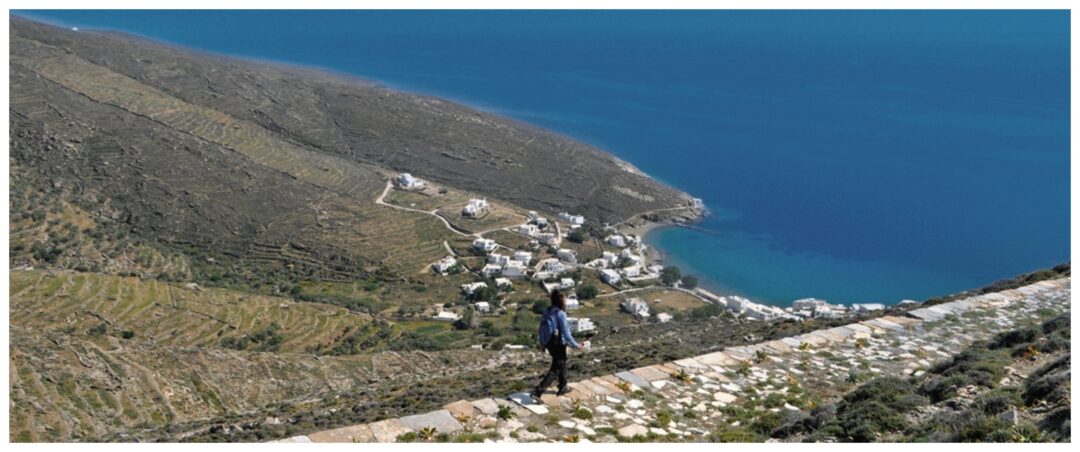
Photo Fivos Tsavaropoulos © Museum of Cycladic Art
Inter-Cyladic: “Greek Islands Trail – Cyclades”
Organization: Social Co-operative Enterprise of Collective and Social Benefit “Paths of Greece”
The “Greek Islands Trail – Cyclades” is a proposal to connect the best hiking trails of each island in the Cyclades into a unified hiking route. The goal is to create a long-distance trail (estimated to be around 150-200 kilometers) passing through all the islands of the Cyclades. This route will consist of the most “rich” in nature and culture trail of each island. The hiker will be able to experience the nature, biodiversity, geology, and history (both tangible and intangible), as well as have a genuine experience passing through the settlements. The planned activities include: organizing a conference to present the project and engage local stakeholders for support; collaborating with local hiking groups to identify the top trail on each island; launching a photography competition via social media and email, with the top 5 photos per trail showcased on the project website; developing a website featuring detailed trail information and transportation options between islands based on maps from world’s largest adventure tourism platform Outdooractive; promoting the trail to tour operators involved in hiking tourism in Greece.
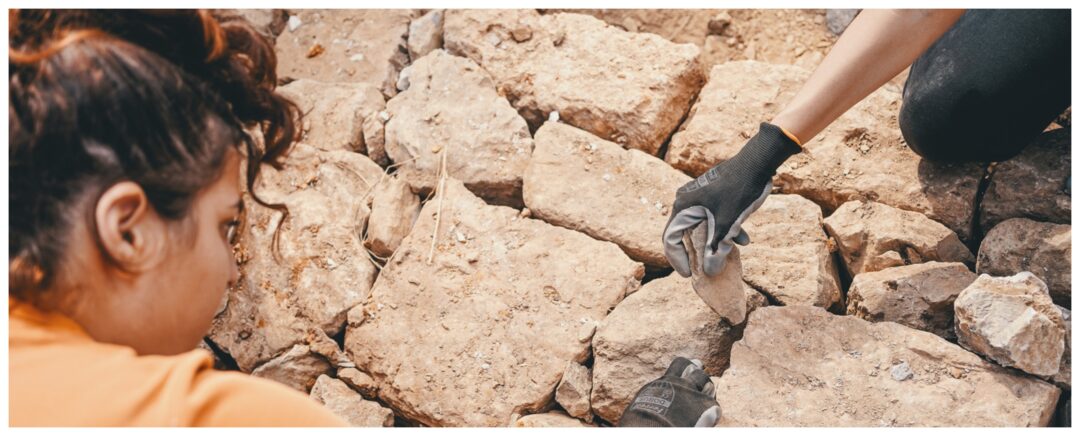
Photo Roberto Cortese © Museum of Cycladic Art
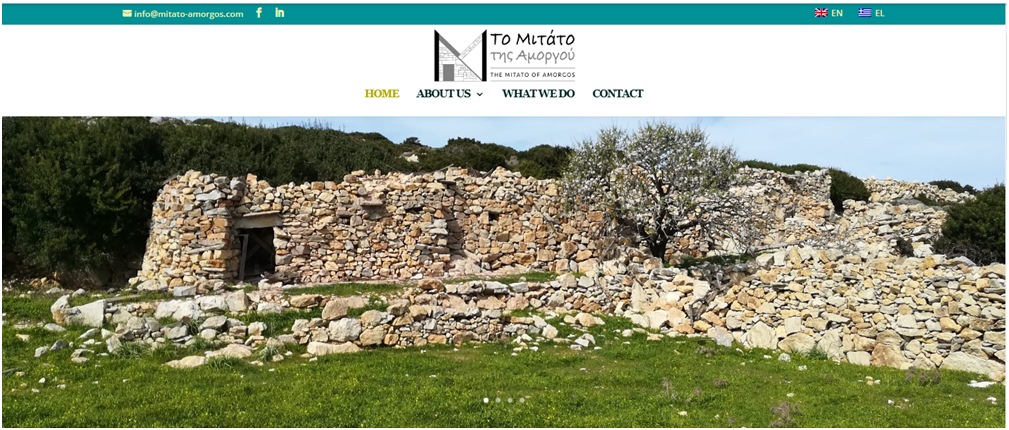
Amorgos: 3rd Dry Stone (Xerolithia) Workshop “The Amorgian Craftsmanship”
Organization: The Mitato of Amorgos
The program aims to transmit knowledge of dry-stone walling and raise public awareness of its cultural and environmental significance. The workshop will focus on three main axes: restoration of Kalopotama’s retaining walls on Amorgos, an area of exceptional beauty and cultural value, with remarkable dry-stone terraces, once completely cultivated; educational activities for the 20 participants engaging in hands-on restoration and construction of dry-stone structures, supervised by local masters; a theoretical part attended by experts, including representatives from the Ministry of Culture and members of the dry-stone community from Ireland, discussing efforts to include dry-stone craftsmanship in UNESCO’s Intangible Cultural Heritage list.
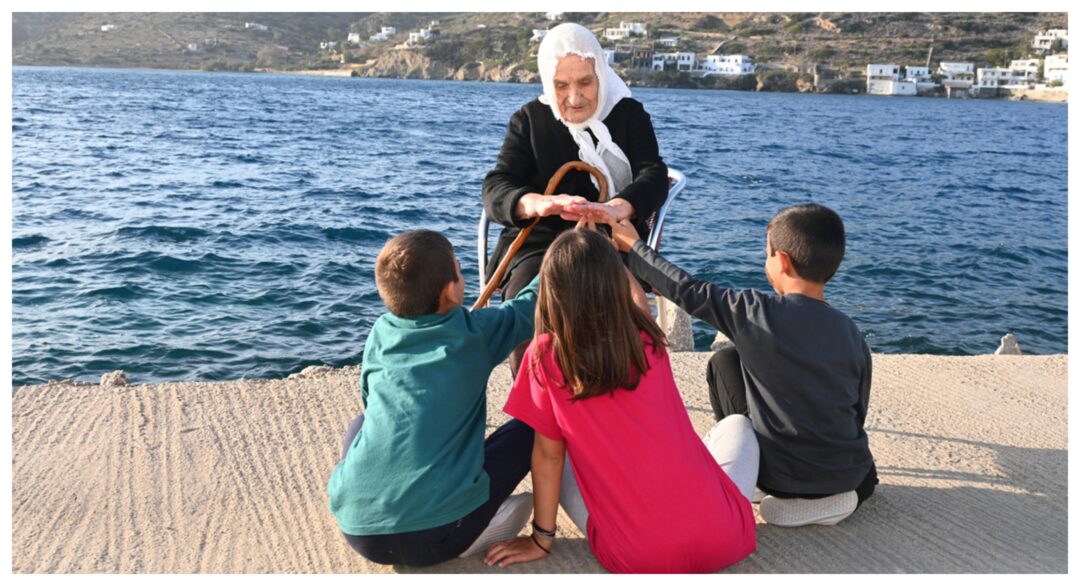
Photo Antonis Vekris © Museum of Cycladic Art
Amorgos: “Games through the passage of time”
Organization: Parents & Guardians Association of the Students of the Primary School and Kindergarten of Katapola Amorgos, Cyclades Prefecture
Key Activities include research and documentation of local games inspired by Amorgos’ nature and lifestyle and teaching sessions at schools, involving interactions with elders to learn traditional games.
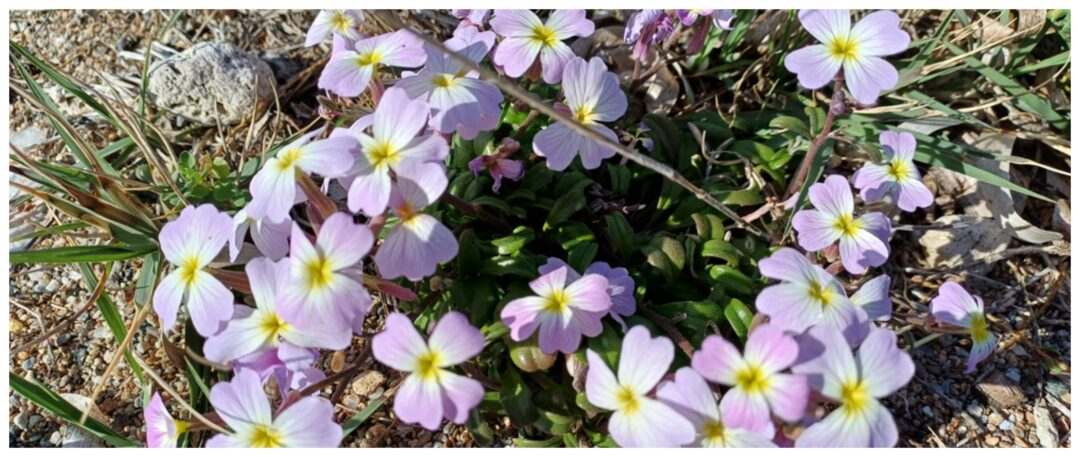
Photo Kostas Platis © Museum of Cycladic Art
Sikinos: “Recording and highlighting the flora of Sikinos”
Organization: Sikinos Union
The proposed study aims to document the island’s flora, particularly its aromatic and endemic plants, engaging 22 students in order to raise awareness of the island’s biodiversity and encourage them to become future guardians of this natural heritage. Key objectives include: recording a comprehensive inventory of the remaining plant species on Sikinos, covering its 41,000 acres, of which about 4,500 acres have historical cultivation; identification and classification of the collected species; a herbarium exhibition to educate residents and visitors about local flora and biodiversity conservation; a plan for cultivating native aromatic plants that are likely to thrive on the island.
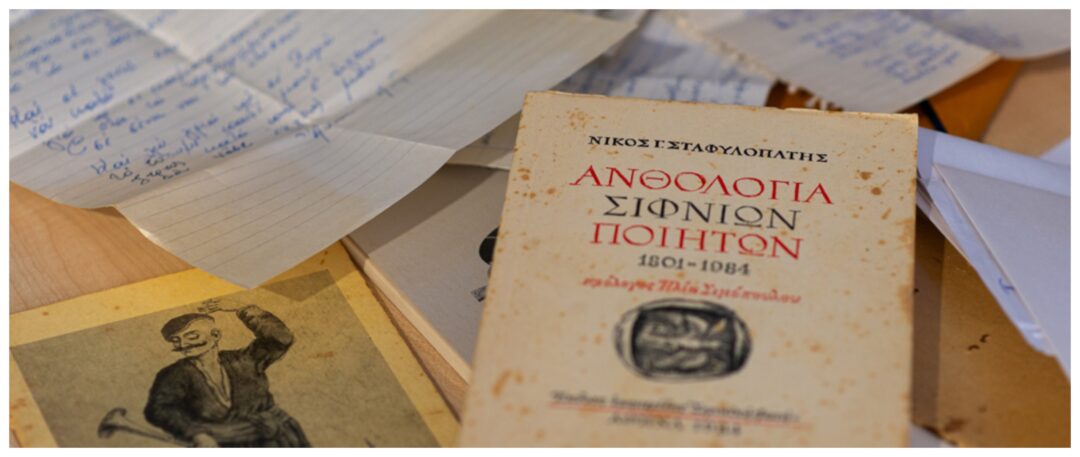
Photo Giannis Kontos © Museum of Cycladic Art
Sifnos:“Digital repository of Sifnian Songs and Carols”
Organization: Cultural Association of Sifnos
The action aims to preserve and revitalize the cultural expressions of Sifnos, focusing on the island’s poetic and musical traditions as reflected in three key social events: the Sifnian Traditional Feast, Sifnian Carols, and Sifnian Carnival Dances. The program’s specific objectives include: preserving the local linguistic idiom through documentation; providing material for ethnographic and anthropological research; encouraging young students and scholars to engage with the repository. The program will create a comprehensive archive of songs and carols (printed, digitized, and audiovisual), featuring a searchable database and educational resources. The repository will be continually updated, allowing external users to contribute material for evaluation and inclusion.

Photo Inbulb © Museum of Cycladic Art
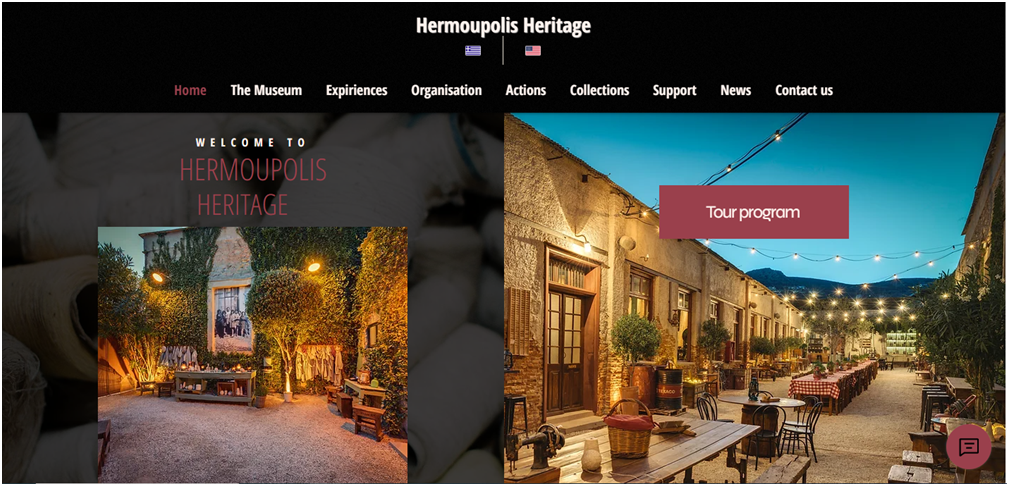
Syros: “The weavers and their memories”
Organization: Hermoupolis Heritage
The program aims to celebrate and preserve the industrial textile heritage of Hermoupolis, which significantly contributed to the island’s economic and cultural development over 140 years. At its peak, Hermoupolis housed 68 factories, including 24 textile factories that primarily employed women. The objectives of the program are: to highlight key aspects of Hermoupolis’ identity, showcasing the daily life and professional activities of its working class; to preserve authentic testimonies and experiences of ordinary people, enriching the recorded history; to document important cultural materials for public access via the Hermoupolis Heritage website; to utilize these materials to promote industrial culture; to identify additional individuals who can contribute to the collection of this material.
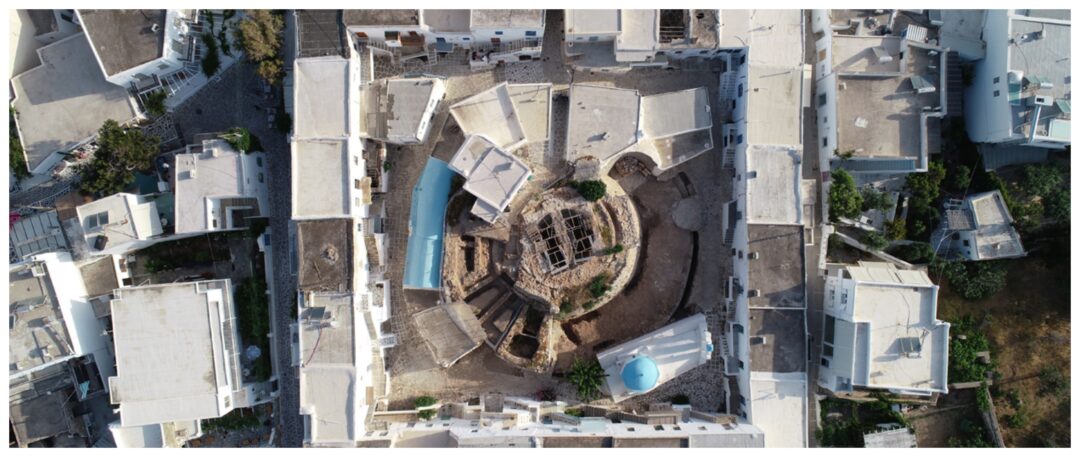
Photo Goulielmos Orestidis © Museum of Cycladic Art
Antiparos: “Study of Architectural Documentation/Surveying of Antiparos Castle”
Organization: Society for the Protection and Development of Antiparos – Despotiko
The program focuses on the architectural documentation and surveying of the Venetian Castle of Antiparos, a key example of fortified architecture from the Venetian period (13th-16th century). Traditional archaeological research indicates the castle featured a central tower surrounded by three-story buildings, forming an enclosed settlement. However, recent excavations suggest that the tower may predate the settlement. The study aims to: document new findings; create a definitive architectural plan for the castle’s protection, restoration, and promotion. The overarching goals are to safeguard the monument, integrate it into the modern social life of Antiparos, and preserve the island’s cultural heritage for future generations.
The call for the 3rd funding phase of the programs for the year 2025-2026 is available on the Initiative’s website.
With the aim of raising public awareness, Cycladic Identity a conference titled “Tradition vs Evolution: The Coexistence of the Past with the Future in the Cyclades” was organizing on October 30.
Read more:
“Cycladic Identity: keeping alive the heart of the Cyclades”
“Hiking Greek Islands: explore off-the-beaten track treasures!”
“Cycladic architecture, stunningly blending with the endless blue of the Aegean sea”
I.A.

